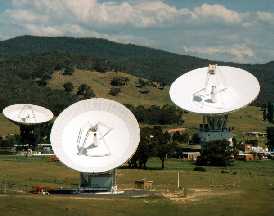This picture shows NASA's Deep Space Network,
which searches the sky for radio signals.
Click on image for full size
NASA/JPL
Looking for Life's Garbage
Most forms of life leave behind signs that they are there. Plants help make oxygen and some creatures help make nitrogen. People leave behind smog, television signals, and garbage.
Scientists find life by looking for the things that creatures leave behind. Io, Titan, and maybe Triton, seem to include the things that creatures make.
Most planets and moons do not have signs that life has lived there, which means that they are probably lifeless.
You might also be interested in:
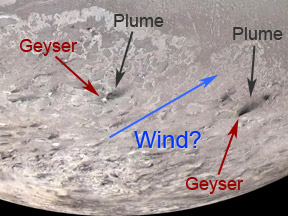
Triton is the largest moon of Neptune. It isn't quite as big as Earth's Moon. The surface of Triton is very, very cold. It is colder than the surface of any other planet or moon in our Solar System. It
...more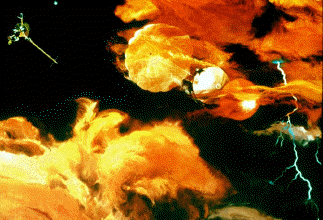
Jupiter's atmospheric environment is one of powerful winds, going 250 miles per hour, and temperatures from -270 degrees to +32 degrees (freezing temperature). These winds make it hard for life forms to
...more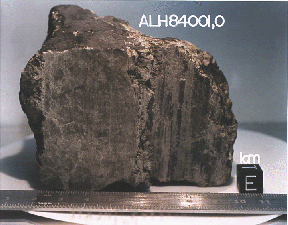
In July, 1996 a team of scientists said that they had discovered possible fossils of bacteria in a meteorite named ALH84001 that came from Mars. It was found in Antarctica in 1984 after having landed there
...more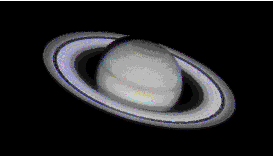
Saturn's atmospheric environment is one of powerful winds, going 250 miles per hour, and temperatures from -270 degrees to +80 degrees. With winds like these, it is hard to have peace and quiet. The region
...more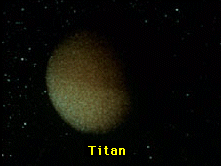
The air of Titan is a lot like the Earth's, except that it is very cold, from -330 degrees to -290 degrees! Like the Earth, there is a lot of Nitrogen and other complex molecules. There also may be an
...more
Organisms that are able to "make their own food" are called autotrophs, meaning "self-feeders". Some examples of autotrophs are plants and algae (shown in the picture). Both plants and algae use photosynthesis
...more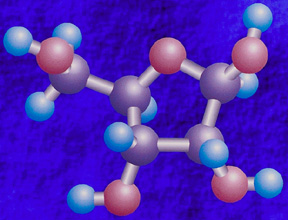
In the warm early ocean, large molecules came together into a form called *coacervates*. Molecules such as these will form coacervates in the same way that beads of vinegar in oil come together. These
...more


